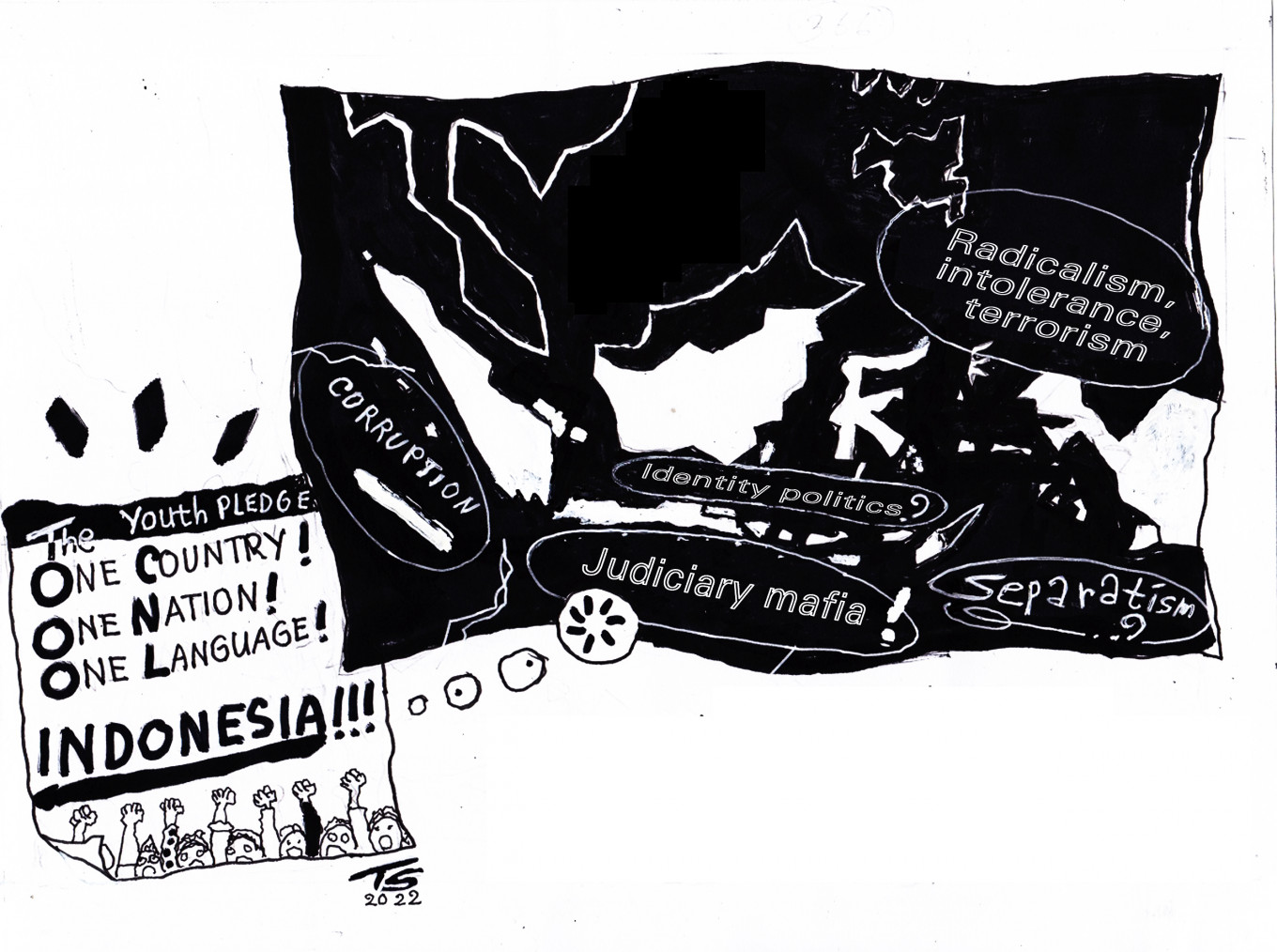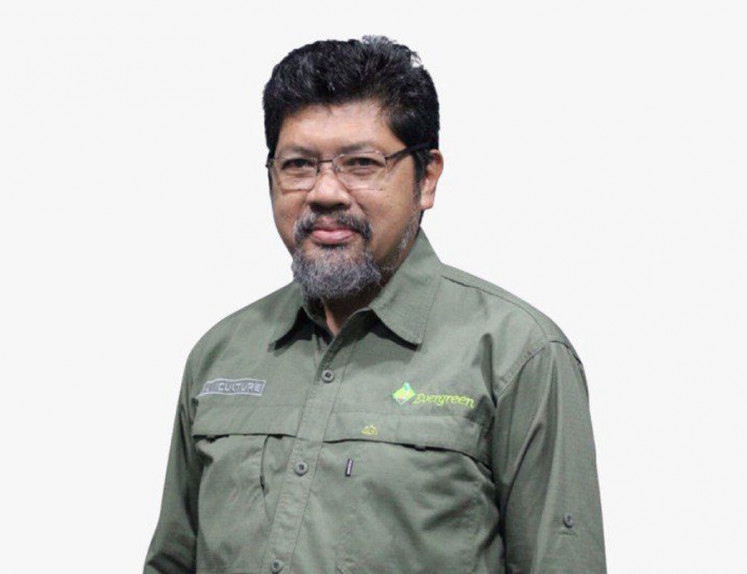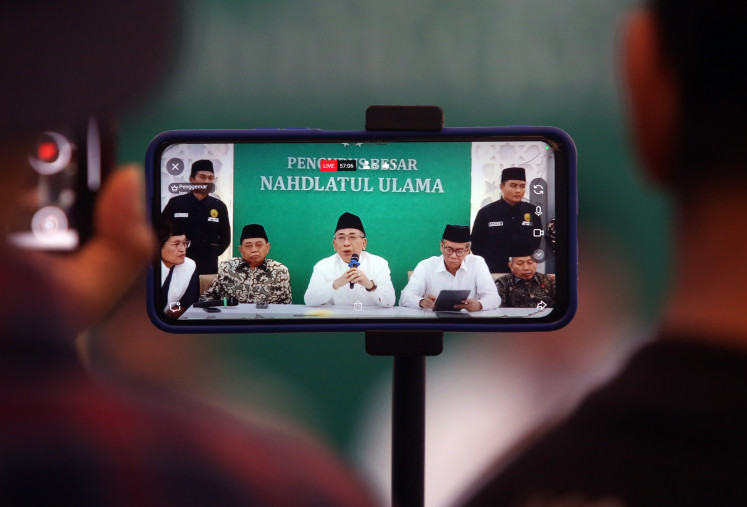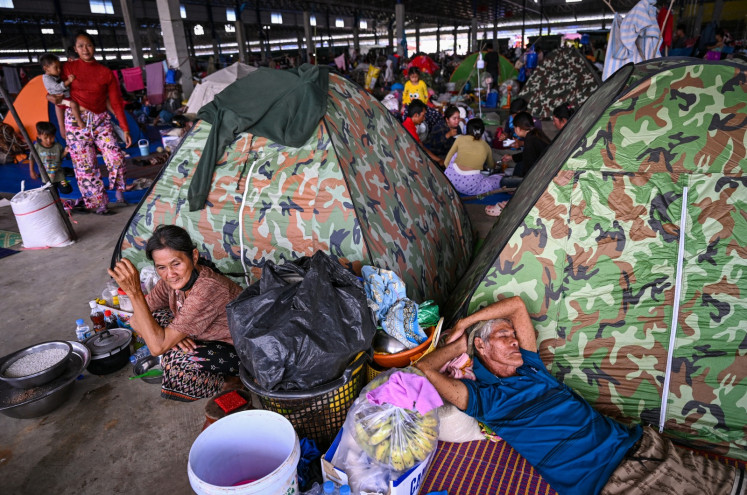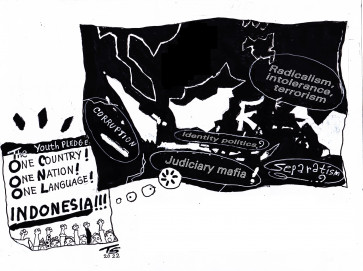Popular Reads
Top Results
Can't find what you're looking for?
View all search resultsPopular Reads
Top Results
Can't find what you're looking for?
View all search resultsYouth Pledge and internationalized Indonesian language
Indonesian students, especially those pursuing their studies in education and language, make up abundant human resources to teach Indonesian language and culture in primary schools and colleges.
Change text size
Gift Premium Articles
to Anyone
T
alking about the Youth Pledge, which we commemorate today, means discussing historic events. As part of our history, its uniqueness cannot be repeated, but what is far more important is how to keep it contextual and relevant to the current challenges the country is facing.
One of the blessings Indonesian young people enjoy is an extraordinary demographic bonus. It sways many things, such as the product and service markets, which target young people for their dynamics and high creativity. The government places young people as intellectual assets by encouraging them to continue their education, especially for master’s and doctorate degrees overseas through the large-scale Endowment Fund for Education (LPDP) scholarship. The program, which has been running for more than a decade, is unwittingly placing young people as Indonesian cultural and language ambassadors in foreign countries.
Rejuvenating the Youth Pledge of 1928 is paramount to getting Bahasa Indonesia to go global. Supported by the abundant number of Indonesian students pursuing their advanced studies overseas, this noble effort should not be an issue. Yet this cannot happen without a serious network and the involvement of the predecessors who had been involved in the teaching of Indonesian language and culture abroad.
Indonesian students abroad, the Indonesian diaspora and the Indonesian Embassies/Consulate Generals are triangular networks that are the key to the success of promoting Indonesian culture and language in foreign countries.
In Australia, for example, where I am currently studying, many public primary schools and colleges offer Asian languages. Japanese and Mandarin are favored by many. My daughter who attended primary school in Melbourne from grade 1 to 6 has basked in Japanese and Mandarin classes on a weekly basis.
Having deep talks with some of the teachers at my kid's school, they welcomed Indonesian language teaching if it was carried out consistently and the availability of teachers was assured. This is possible as the making of the curriculum and teaching in elementary schools and colleges in Australia are handled by respective states, particularly schools.
Unlike Indonesia, the education system in Australia is not centralized with schools and teachers free to modify the learning materials and make forays into new areas.

